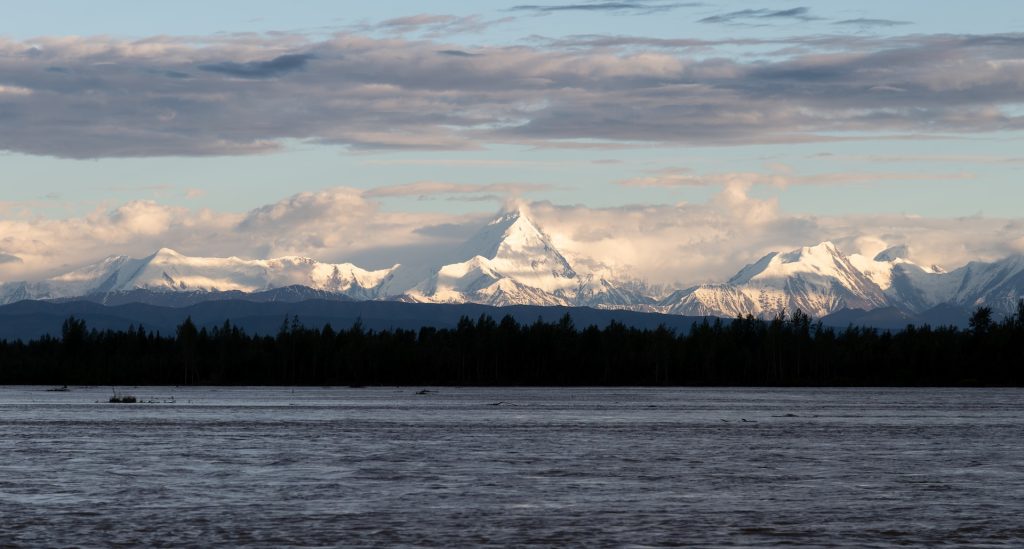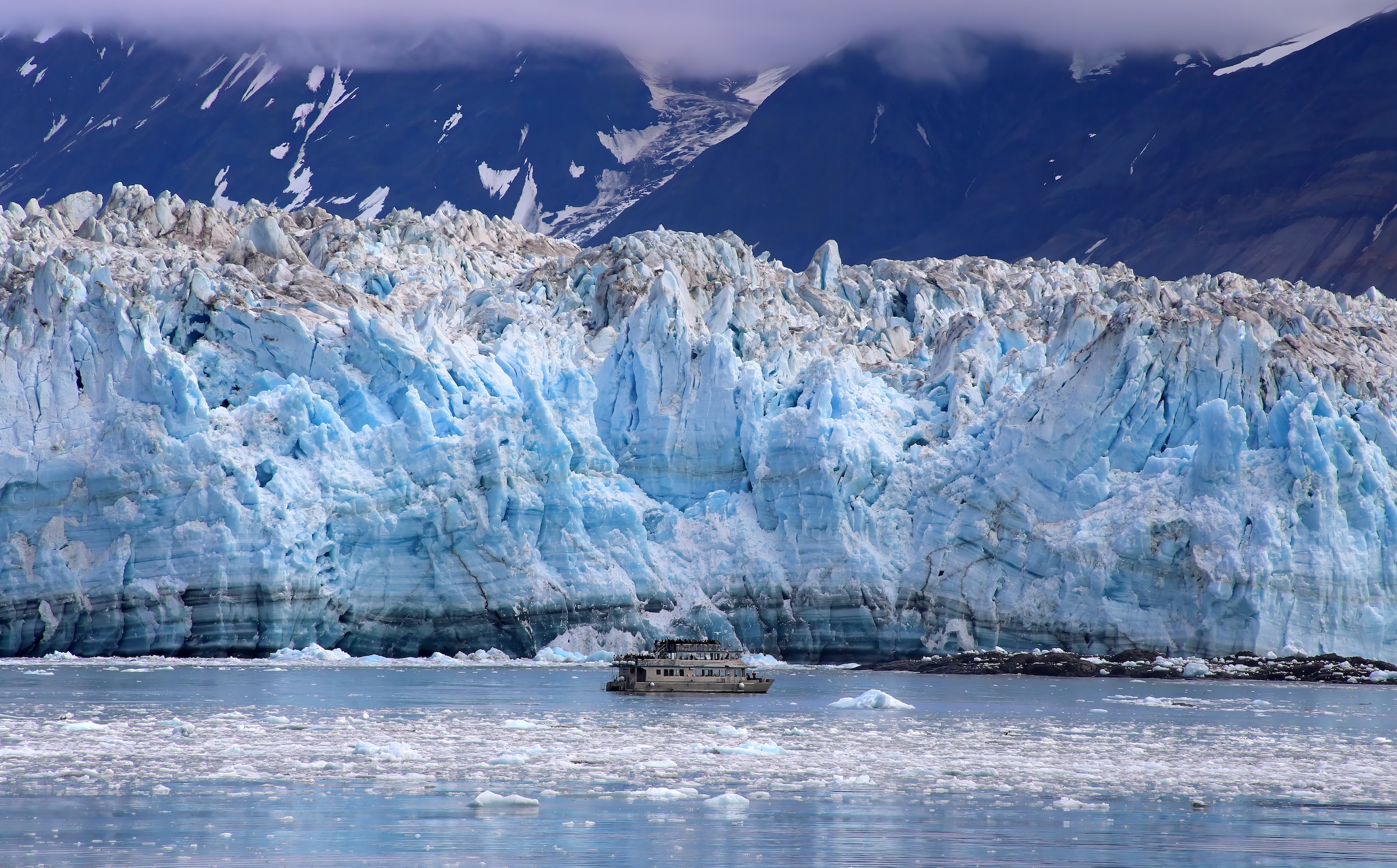
Navigating Turbulent Waters: The Struggles and Hopes of Alaska’s Young Fishers
Alaska, known for its vast, rugged landscapes, arctic terrains, and rich marine biodiversity, has been a beacon for many adventure-seekers and people looking to make a lucrative living from the plentiful waters. One such adventurer is Lane Bolich, a 20-year-old from rural Washington state who was drawn to the unbridled freedom and excitement that comes with being a fisher. However, Bolich, like many young fishers in Alaska today, finds himself navigating not just the tumultuous Alaskan waters but also a series of formidable challenges posed by climate change, high costs, and an aging workforce.
Bolich, a captain of the boat, Harmony, signifies a rare youth presence in an industry plagued with high barriers to entry, marked by expensive equipment and access rights. The ever-increasing unpredictability due to human-induced climate change alters marine habitats, making the fishing trade even more precarious. The increasing scarcity of fish populations and the dwindling number of people entering the trade has sparked concern and action from fishers and conservation groups. They are striving to attract and retain the next generation of fishers through grants and training programs to revitalize an industry that continues to witness contraction in Alaska.
Struggling Communities and Shrinking Industries
The demographics within the fishing community have witnessed a drastic shift. A study conducted in 2018 revealed that the average age of fishers has surged by 10 years compared to the previous generation, now hovering around 50 years old. This aging workforce is complemented by a 30% loss in local permit holders in rural communities, owing to the consolidation of access rights and the resultant increased difficulty for newcomers to make inroads into the industry.
However, the overhanging specter of climate change poses arguably the most substantial challenge, impacting the long-term viability of fishing stocks and, by extension, the industry. Linda Behnken, the executive director of the Alaska Longline Fishermen’s Association, succinctly sums up the prevailing sentiment: “There’s no future for an industry that doesn’t have young people coming in.” Concerns mount over the overall health of the resource, the industry, and the fishing communities that constitute its backbone.
Effects of Climate Change and High Costs
The repercussions of climate change are manifold, with warming ocean temperatures rendering fish habitats increasingly unsuitable. This environmental alteration leads to shifting fish populations, potential loss of commercially vital fish species, and changing ecosystems. Marissa Wilson, the executive director of the Alaska Marine Conservation Council, correlates the decline in the workforce to the general contraction of fisheries as fish populations dwindle and migrate. The steep initial costs related to access rights and equipment act as significant deterrents for prospective entrants to commercial fishing, contributing to the industry’s difficulties.

Legislative Efforts and Initiatives
The legislative arena has seen active interventions aimed at revitalizing the industry. The Alaska Marine Conservation Council and the Alaska Longline Fishermen’s Association have been instrumental in lobbying for the passage of the Young Fishermen’s Development Act, ratified in January 2021. Following this act, the National Oceanic and Atmospheric Administration’s Sea Grant Office allocated approximately $1 million to fund on-ship training and mentorship initiatives for young Alaskan fishers this year.
The Challenge of Staffing and Retention
These legislative efforts and initiatives are particularly crucial in a climate where finding reliable crew members for boats has become increasingly challenging. Darren Platt, captain of the Agnes Sabine, a Kodiak-based salmon fishing boat, attests to the difficulty of staffing his boat. The decline in unemployment and increased job availability in the lower 48 have resulted in fewer individuals migrating to Kodiak for work. This labor deficit, coupled with a dearth of experienced career fishers, complicates the staffing process significantly.
The Adventurous Few and the Hope for Retention
Despite the numerous challenges, the allure of adventure and potentially lucrative earnings continue to attract individuals like Juan Zuniga, a first-year deckhand from Florida working on Platt’s boat. The prospect of stepping out of his comfort zone and learning the ropes of the trade was a significant draw for Zuniga. Retention of such deckhands is crucial for captains like Platt, who endeavor to provide comfortable working conditions in the hope that crew members will return for subsequent seasons.
Conclusion
Alaska’s fisheries are at a critical juncture, grappling with the consequences of climate change, high operational costs, and an aging workforce. The sustained efforts by conservation groups and legislative bodies offer a beacon of hope, aiming to attract and retain young, adventurous individuals keen on sustaining this age-old trade. However, the industry’s future hangs in the balance, contingent on overcoming significant barriers and ensuring the harmonious coexistence of both fishers and fisheries in the challenging Alaskan waters.
©eco-guardians.org